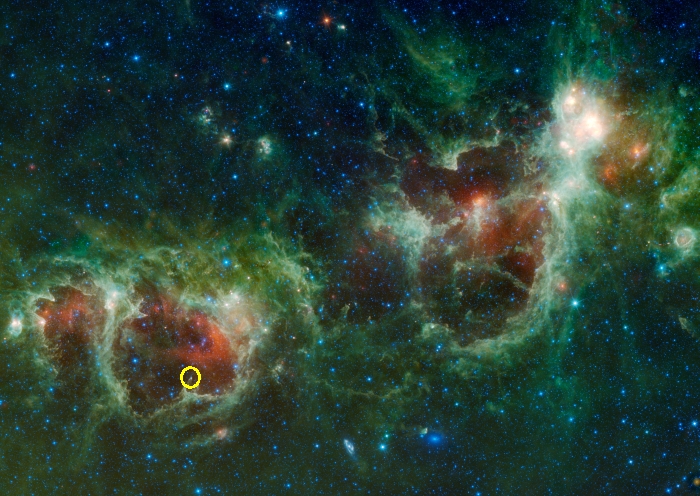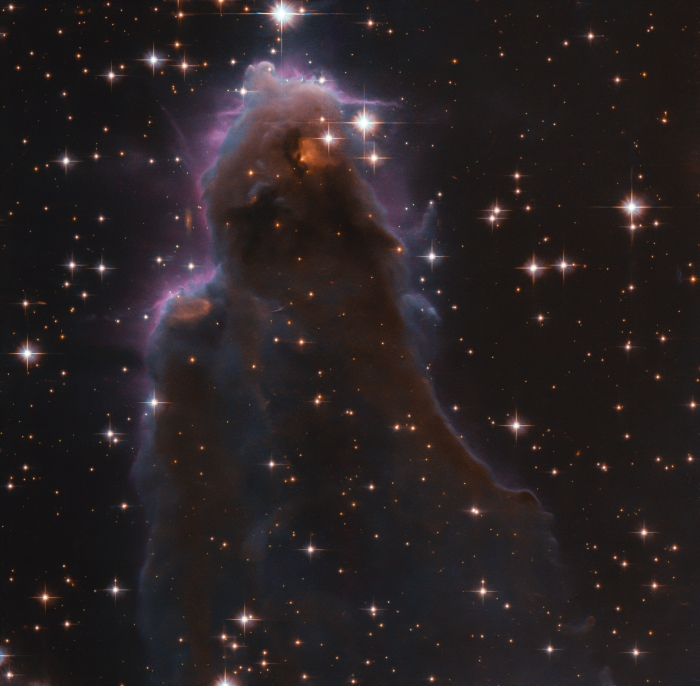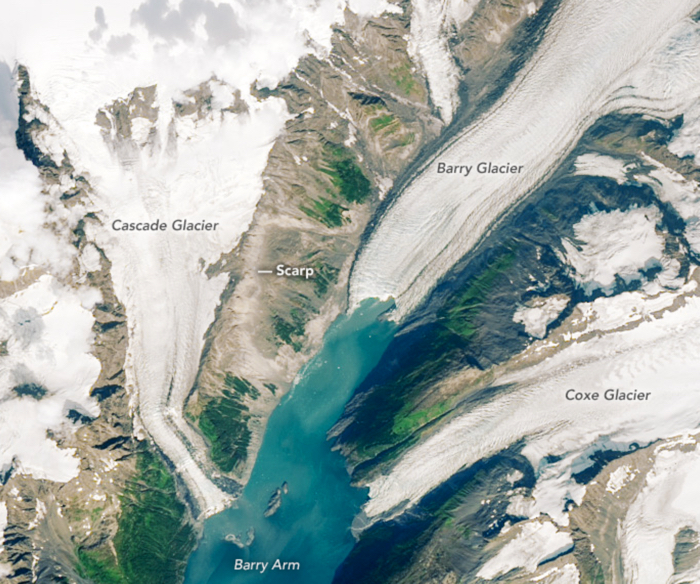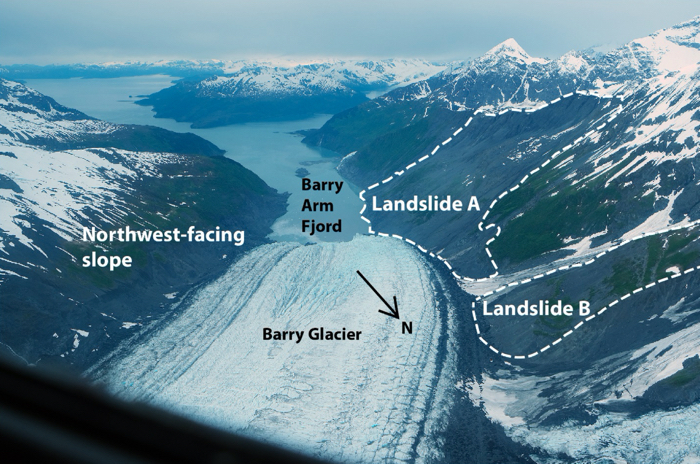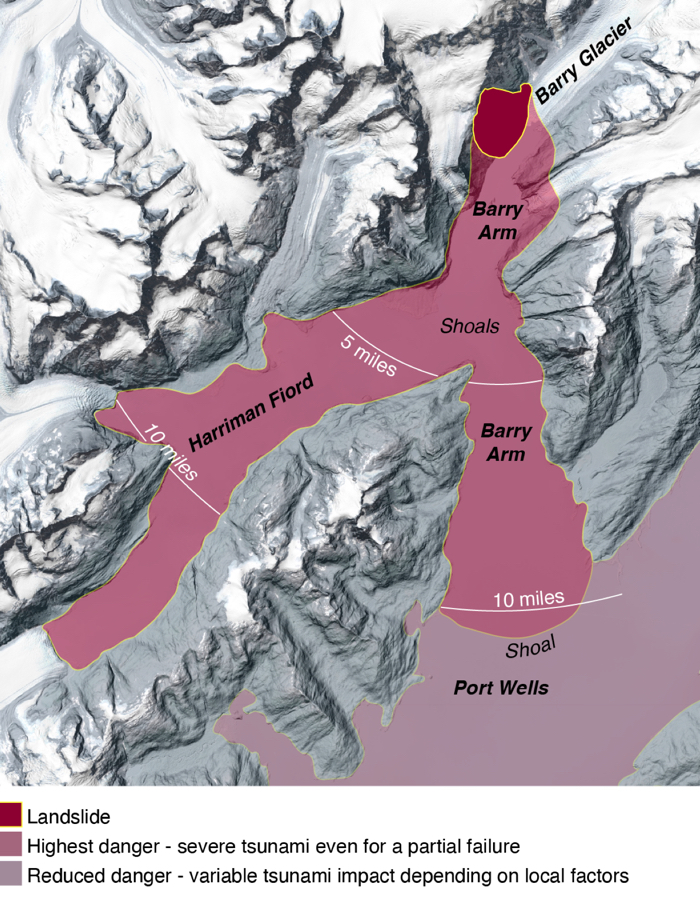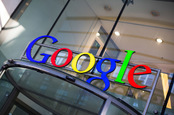Power failure: why have young people fallen out of love with democracy?
All over the world, people in their 20s and 30s are less impressed with the electoral system than their parents’ generation. What’s going on?
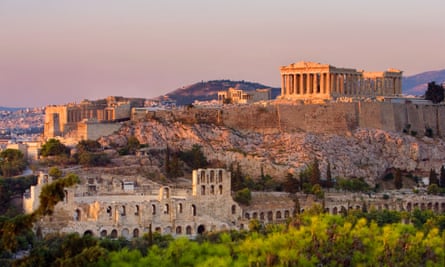
Name: Democracy.
Age: The term, derived from demos, meaning common people, and kratos, strength, first cropped up in Athens in classical antiquity. The first actual democracy is generally agreed to have been established in the Athenian city-state around 508BC, by Cleisthenes, the father of Athenian democracy.
We’re talking about the system of government based on the belief in freedom and equality between people, in which power is normally held by elected representatives? That’s the one.
And a jolly good system it is, too. Well, it has its faults (Brexit, you might argue, or the current administration). But on the whole it’s probably preferable to autocracy. Some people are going off democracy, though.
This is about Trump, isn’t it? Actually, not this time. Some other people.
Which other people? Millennials.
Bah, millennials! What do they know? They’ve only been here for five minutes. Well, they are the present and the future of the planet.
If there is a future. Go on, then, what’s the story? A survey shows that those in their 20s and 30s have less faith in democratic institutions than their parents or grandparents did at the same stage of life.
Probably a survey of about 11 people. Actually, a survey of nearly five million, drawing on data from 160 countries between 1973 and 2020. “This is the first generation in living memory to have a global majority who are dissatisfied with the way democracy works while in their 20s and 30s,” said Roberto Foa, who led the study.
Where are they most dissatisfied? Particularly in the “Anglo-Saxon democracies” of Britain, the US, Australia …
Well, look who’s in power in those places, there’s your reason! Also in Latin America, sub-Saharan Africa and southern Europe.
I suppose all these Generation Y-Fronters want to live under dictatorship? Dr Foa says not. It’s more about inequality and the system not working for them. For young Britons, this can mean not getting on the property ladder, debt, dependence on parents, the perception that “the chances of success or failure in life depend less upon hard work and enterprise, and more upon inherited wealth and privilege”.
What about in countries with more even wealth distribution? Iceland, for example? There’s less of a difference in views between the generations, unsurprisingly.
North Korea? Shut up.
And the baby boomers, what do they think about all of this? If you believe the stereotype, they’re all hiding in their second homes, quietly raising a glass of bubbly, to Cleisthenes, to democracy.
Do say: “Is this the latest battle in the generation wars?”
Don’t say (if you’re the Incumbent Potus, while holding up a copy of this report, in a couple of weeks): “Look, the kids don’t even want democracy, I ain’t going nowhere.”
Millennials get little satisfaction from democracy - Cambridge study
By Reuters Staff
FILE PHOTO: A ballot box is photographed inside a polling station on general election day in London, Britain, December 12, 2019. REUTERS/Lisi Niesner
LONDON (Reuters) - Young people are less satisfied with democracy and more disillusioned than at any other time in the past century, especially in Europe, North America, Africa and Australia, a study by the University of Cambridge has found.
Millennials, or those born between 1981 and 1996, are more disillusioned than Generation X, those born between 1965 and 1981, or Baby Boomers born between 1944 and 1964 and the Interwar Generation of 1918-1943.
“Across the world, younger generations are not only more dissatisfied with democratic performance than the old, but also more discontented than previous generations at similar life stages,” the Cambridge study found.
The picture is bad in the United States, Brazil, Mexico, South Africa, France, Australia and the United Kingdom.
But satisfaction has increased in Germany, South Korea and many of the post-Communist countries of Central and Eastern Europe.
The main reason behind the disillusion with democracy among young people was inequality of wealth and income, the report said, citing figures showing that Millennials make up around a quarter of the U.S. population but hold just 3% of the wealth. Baby Boomers held 21% of the wealth at the same age.
The study suggested that the populist challenge to mainstream, “establishment” politics could actually help improve democratic engagement by shocking moderate parties and leaders into reversing the decay.
The Cambridge Centre for the Future of Democracy delved into data from over 4.8 million respondents collected across 160 countries between 1973 and 2020.
Reporting by Guy Faulconbridge; Editing by Mark Heinrich





